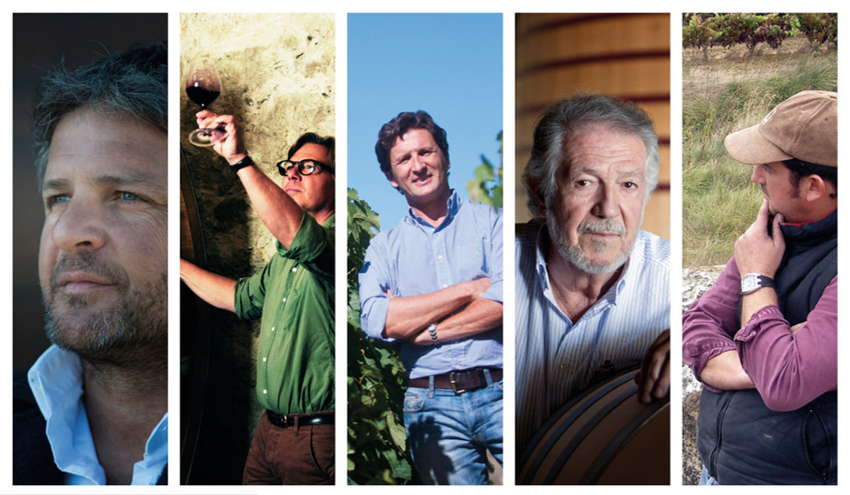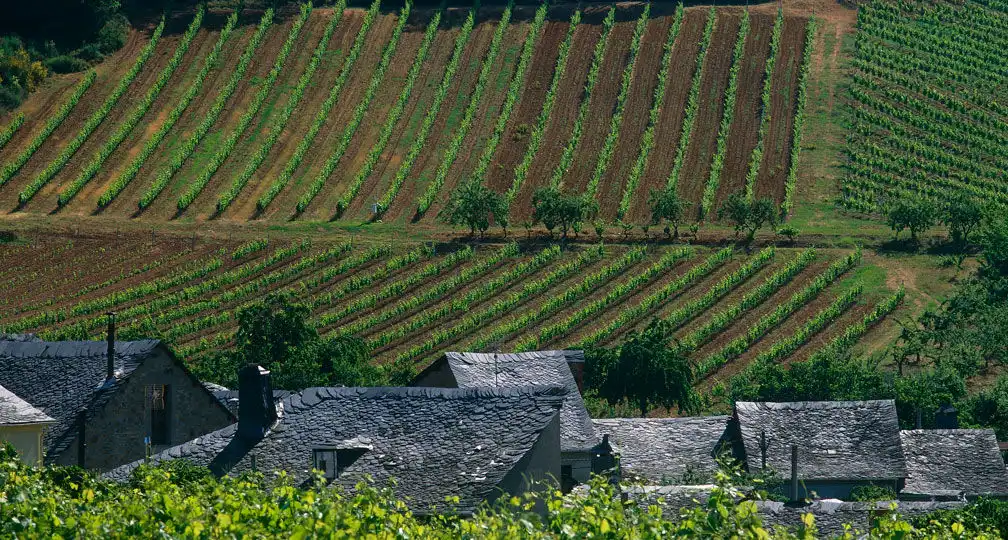No products in the cart.
The 5 Winemakers…

…That Have Improved the Reputation of Eapañol Wine in the World…
Although Spanish wine continues to struggle to be recognized at the same level as producing countries such as Italy and France, Today no one doubts its excellence.
Names like Vega Sicilia, Pingus or L'Ermita They are well known throughout the world, but behind these great brands we find winemakers and winemakers who are truly responsible for their success, whose history, unlike that of their wines, is not on everyone's lips.
Although those selected are really big names. These five winemakers are the ones who have converted Spanish wine, giving it levels of quality never seen before.
Mariano Garcia

Although Mariano García currently divides his time between Mauro, San Román and Aalto Winery, three wineries with three different styles, their name will always be associated with one of the most important wineries in Spain: Vega Sicilia.
García was the winemaker of the legendary winery for 30 years, from 1968 to 1998, a position in which he succeeded his father and grandfather. But, after the Álvarez family took control of the winery, he decided to dedicate himself to his own vineyards, which he had bought from a friend in 1978, in the Tudela area. From that same year is the first harvest of Mauro, one of the most renowned wines in Spain.
For Garcia, The vineyard comes first, then the wine and, finally, the winery. “We look for wines that respect the terroir, that when drinking them you know where they come from.” “Wines with singularities, personality and character, authentic, that tell you their story and tell you about their origin.” These are the wines we love to bring at International Wine & More.
Today, at 76 years old, Garcia continues at the foot of the canyon, working with his sons Alberto and Eduardo, in the continuous improvement of their wines.
Peter Sisseck

Is native of Denmark, a country in which wine is only drunk, not manufactured, but ended up making one of the most recognized wines in Spain: Pingus Domain.
His passion for wine began when he was only 13 years old, and he visited the chateau in Bordeaux where his uncle Peter Vinding Dieres was revolutionizing the production of whites. Years later, after doing an internship in France, he went to Sonoma, where he worked alongside Zelma Long, one of the pioneering winemakers in California and, after graduating as an Agronomist, ended up in Ribera del Duero, almost by chance.
“The truth is that I was going to go to work in Ridge Vinyards, but it started in August, I talked to my uncle, and thanks to him I ended up in “Monastery Hacienda”. What seemed like a small stop in his career ended up being a story that lasted almost 30 years.
“Pingus was born from the idea of delving into the fine red, the grape reigns here, and for that I needed old vines,” says the winemaker. Was lucky. He bought four hectares of land in the Burgos area of The Hour, from where today one of the most recognized, and expensive, wines in Spain comes from, since its first harvest, in 1995.
Currently, Sisseck is associated with the winemaker Carlos del Río, owner of González-Byass, to make a payment in the south. “For him, historically, it is the great white wine of Spain.”
Alvaro Palacios

Álvaro Palacios was the 7th of 9 siblings in a family of Alfaro (Rioja) who was dedicated to wine production. After studying oenology at the University of Burgos, he came into contact with the Moueix family, who had wineries in Burgundy. Her live changed.
Since he discovered French wines, he knew that he wanted to make Great Crus in Spain, something that seemed impossible. In 1989, René Barbier, who worked for his family's winery and with whom he toured Europe presenting his wines to importers, offered him a vineyard estate that he had acquired in the Priorat.
Palacios began working with different Priorat grapes until, in 1993, he bought L'Ermita, “a vineyard of mythical reach, of unmatched magic, touched by a very special grace.” From there came the most sought-after wine in Spain at that time.
In 2000 his father died, Jose Palacios, and Álvaro took charge of the family business. He kept the Priorat vineyards, and those he had bought a few years ago in El Bierzo, but he moved back to Alfaro, where he also dedicated himself to improving the family wines.
Palacios is convinced that wines depend completely on the location of the vineyards. “Great wines are the strict and pure fruit of a privileged place,” he says. “The more specific the location, the more precise the identity, a primary factor in the definition of a great classic wine.” This is why it has worked intensely on the classification of wines beyond the DOs at the level of municipalities and qualified vineyards, as is the case in France.
Rafael Palacios

Álvaro Palacios went to Priorat and his brother, Rafael, noticed Valdeorras, where he claimed and put on the map one of the most fashionable grapes today: the godello.
It was not easy. Rafael was the youngest of the nine brothers and it was difficult for him to find his place in the family clan.
During his training he passed through France and then Australia, where a new way of making wines that marked his style. “Today in Valdeorras he produces white wines in a traditional way, but there he found a technical revolution and learned to collect the best from each site: seek balance between respect for tradition and keeping an open mind to innovation.”
Back in Spain, Rafael was in charge of preparing the Palacios range of whites for ten years.
I was clear about what variety I wanted to work with: Godello. It has depth, volume in the mouth, intensity… It retains the Atlantic cut and the freshness, but it has something that goes further, it has weight.”
In 2014, the Sorte Osoro from the Rafael Palacios winery reached 97 Parker points as “one of the best white wines in the modern history of Spanish wine.”
Benjamin Romeo

Benjamin Romeo is a native of San Vicente de Sonsierra, in Rioja Alta, a town always linked to wine production. Since he was a child, he was attracted to oenology, although at that time it wasn't even called that. “Then they were called chemists.”.
At only 21 years old, after studying at the Madrid school of La Vid and at the Casa del Vino de Laguardia, Romeo began working for Artadi wineries, where he spent more than a decade. While he continued working there, he began making microvinifications in his town, where he had some family vineyards. But perhaps the most special thing about their wine was not the vineyard in this case, but the winery, located in the castle caves from town.
The first wine from the winery Counter It was made in one of his caves, but Romero has already bought four others, and little by little he has taken over a good part of the town's vineyards. In 2004 and 2005 its Contador wine received the 100 Parker points. "After this they have not achieved it again, although I believe that the current wines have a higher level than those."
In Benjamín's speech the words “roots”, “demand”, “passion”, “time” and “results” are often repeated. The last one can only be reached by going through the previous ones, and at the roots is the grape and its determination to make the wine with the minimum possible intervention, and that means working the vineyard a lot, from fertilizer to the harvest, going through pruning, vine by vine.


